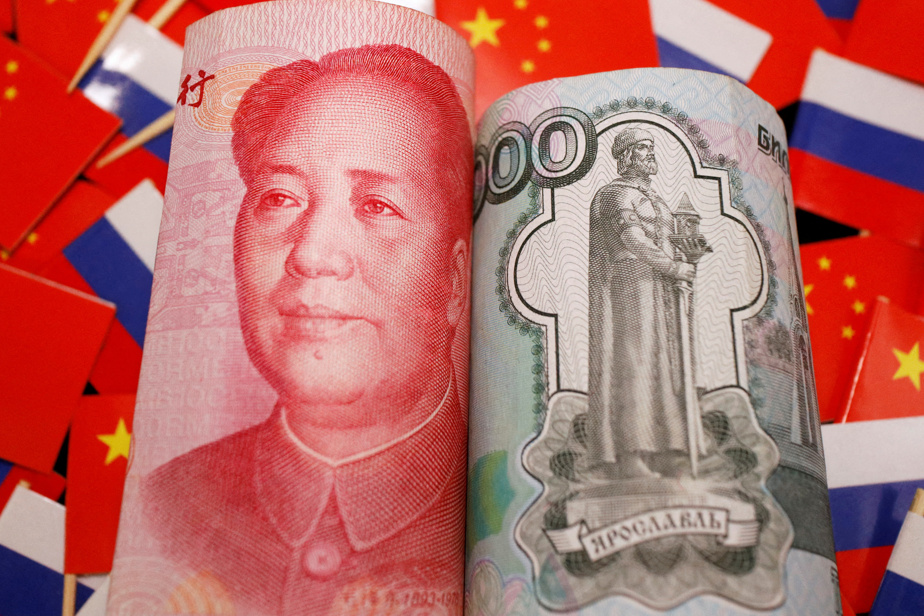(Beijing) Trade between China and Russia reached a record level in 2023, while that with the United States fell for the first time since 2019, according to official Chinese figures released on Friday.
China and Russia, two neighboring countries, have become notoriously closer politically and economically since the Russian invasion of Ukraine in 2022, which Beijing has not condemned.
Last year, China and Russia exchanged $240.1 billion worth of goods and services, according to Chinese Customs.
This figure is up 26.3% year-over-year.
Beijing and Moscow had set their annual target at $200 billion, which was already a historic record. This threshold was crossed in November.
Conversely, trade between China and the United States experienced its first decline last year since 2019, in a context of geopolitical tensions between the two leading economic powers.
In 2023, China and the United States exchanged $664.4 billion worth of goods and services.
This is a decline of 11.6% year-on-year.
The last annual contraction dates back to 2019, a consequence of the trade war launched against Beijing by former US President Donald Trump.
Trade between the two countries subsequently surged during the pandemic, with China then the main global supplier of products against COVID-19.
By 2022, trade between Beijing and Washington had reached a record high of $759.4 billion.
Exports are historically a key growth lever for China and their performance has a direct impact on employment for thousands of companies in the sector.
Last year was marked by nine months of decline in Chinese exports.
Logically, over the whole of 2023, all of the Asian giant’s exports contract (-4.6%), according to Customs figures in dollars.
This is their first decline since 2016.
By 2022, sales of Chinese products and services worldwide had increased by another 7%.
The threat of recession in Europe, combined with high inflation, has contributed to weakening international demand for Chinese products.
Geopolitical tensions and the desire of certain Western countries to reduce their dependence on China or to diversify their supply chains also explain this decline.
The publication of Trade figures comes before the highly anticipated growth figures next week.
Beijing was aiming for an increase of “around 5%” in gross domestic product (GDP) by 2023, a goal that could be difficult to achieve, some economists believe.
A sign of the fragility of the recovery, the country was in deflation in December for the third consecutive month, according to official data published on Friday. A situation that contrasts with ongoing inflation in major economies.
By 2022, the Asian giant’s GDP had grown by 3%, far from the official target of 5.5%, and at one of the slowest rates recorded by the country in four decades.
